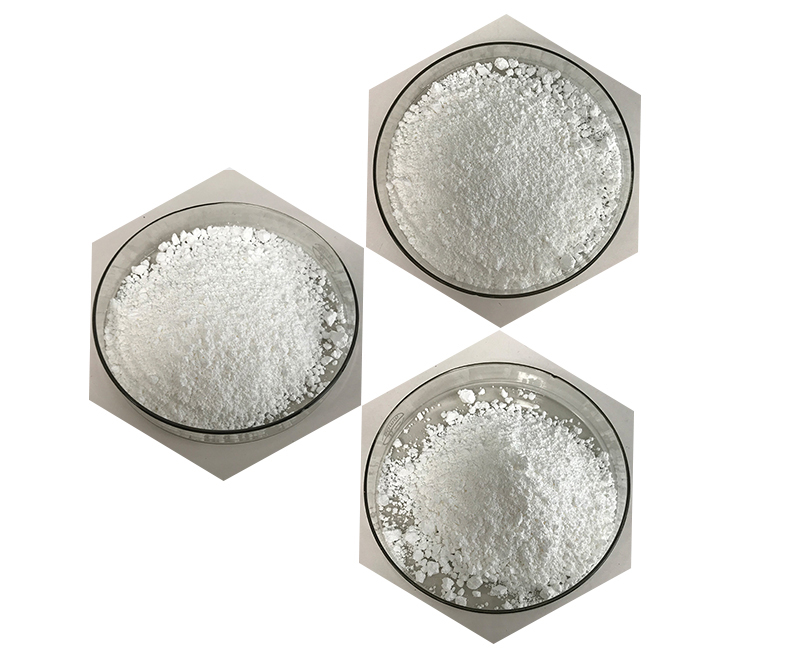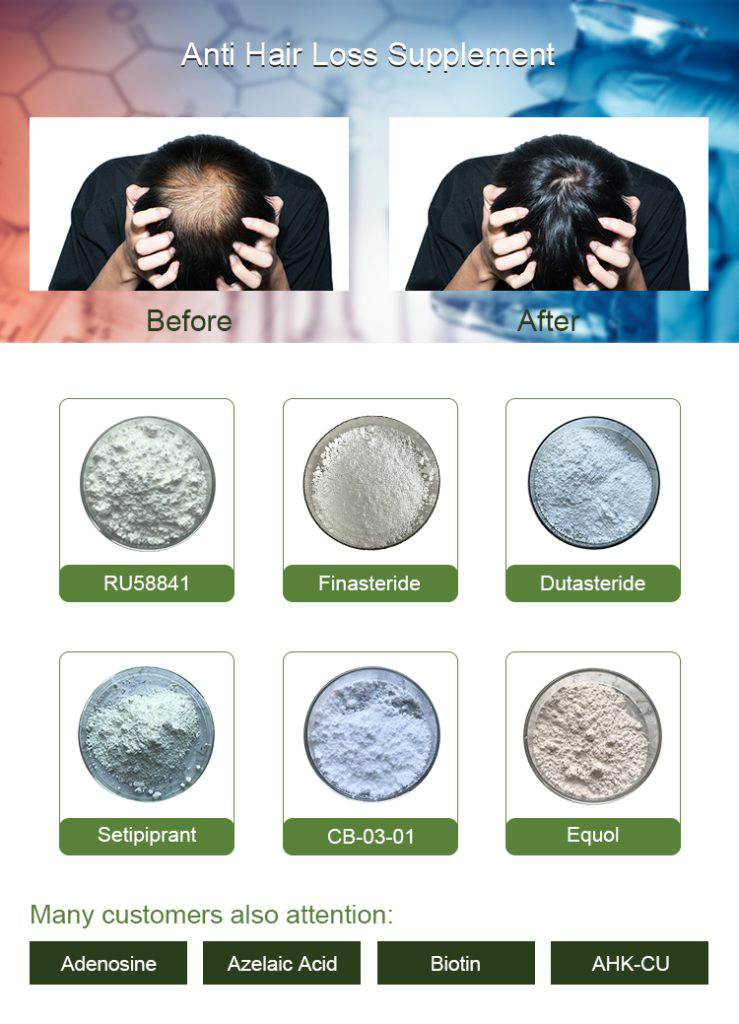Finasteride is a medication primarily used to treat benign prostatic hyperplasia (BPH) and male pattern baldness, also known as androgenetic alopecia.
Applications of Finasteride
Treatment of Benign Prostatic Hyperplasia (BPH):
BPH is a condition characterized by the enlargement of the prostate gland in aging men. This enlargement can lead to urinary symptoms such as frequent urination, difficulty starting and stopping urination, weak urine flow, and the feeling of incomplete bladder emptying. Finasteride works by inhibiting the conversion of testosterone to dihydrotestosterone (DHT), a hormone that contributes to prostate gland growth. By reducing DHT levels, finasteride helps to shrink the prostate gland, alleviate urinary symptoms, and improve urinary flow. It is often used as an alternative to other medications or surgical interventions for BPH.

Treatment of Androgenetic Alopecia (Male Pattern Baldness):
Male pattern baldness is a common condition characterized by the progressive thinning and loss of hair on the scalp in a specific pattern. It is primarily caused by genetic and hormonal factors, particularly the influence of DHT on hair follicles. Finasteride is used in this context to slow down or even reverse hair loss in men experiencing androgenetic alopecia. By inhibiting DHT production, the medication helps to maintain and sometimes regrow hair in affected areas. However, its effectiveness can vary from person to person, and it’s important to note that the regrown hair may not be as thick or dense as the original hair.
It’s important to mention that finasteride is generally well-tolerated, but it can have potential side effects. Some men may experience sexual side effects such as decreased libido, erectile dysfunction, or reduced ejaculatory volume. These side effects are typically reversible upon discontinuing the medication, but they can persist in some cases. Therefore, anyone considering the use of finasteride should discuss the potential benefits and risks with a healthcare provider before starting the treatment.
Additionally, women who are pregnant or may become pregnant should avoid handling crushed or broken finasteride tablets due to the risk of birth defects in male fetuses. This is because finasteride can interfere with normal fetal development.
Always consult a healthcare professional before starting or discontinuing any medication to ensure that it’s appropriate for your specific medical condition and needs.
How to use Finasteride for best results?
Finasteride is a medication primarily used to treat male pattern baldness (androgenic alopecia) and benign prostatic hyperplasia (BPH). It works by inhibiting the conversion of testosterone to dihydrotestosterone (DHT), which is a hormone that contributes to hair loss and prostate enlargement. Here are some tips for using finasteride for the best results:
Consult a Doctor: Before starting any medication, including finasteride, it’s important to consult a healthcare professional. They can evaluate your condition, medical history, and any potential risks or interactions.
Follow Dosage Instructions: Take finasteride exactly as prescribed by your doctor. The typical dose for hair loss is 1mg per day, while for BPH it might be 5mg per day. Stick to the recommended dosage to achieve optimal results.
Consistency is Key: Finasteride needs to be taken consistently over a period of time to see results. Hair regrowth takes time, often several months, so patience is important.
Timing: Finasteride can be taken with or without food. Choose a time that’s convenient for you and try to take it at the same time each day to establish a routine.
Don’t Double Dose: If you miss a dose, do not take a double dose to make up for it. Just take the next dose at the scheduled time.
Monitor Side Effects: While finasteride is generally well-tolerated, some individuals might experience side effects such as decreased libido, erectile dysfunction, or breast tenderness. If you notice any side effects, discuss them with your doctor.
Combination Therapy: Some individuals combine finasteride with other treatments, like topical minoxidil, to enhance hair regrowth. However, consult your doctor before combining any treatments.
Be Realistic: Finasteride can slow down hair loss and promote regrowth in some individuals, but it might not work for everyone. Set realistic expectations and understand that results can vary.
Long-Term Use: If you’re experiencing positive results, you may need to continue taking finasteride to maintain those results. Discuss your long-term plan with your doctor.
Regular Check-ups: Your doctor will likely want to monitor your progress and any potential side effects. Keep regular appointments to ensure your treatment plan is on track.
Avoid Sharing: Do not share your finasteride prescription with others. It’s a medication prescribed for specific conditions and should not be used without medical supervision.

Remember, individual responses to finasteride can vary, and not everyone will experience the same level of success. If you have concerns, questions, or experience any unusual side effects, contact your doctor for guidance.
